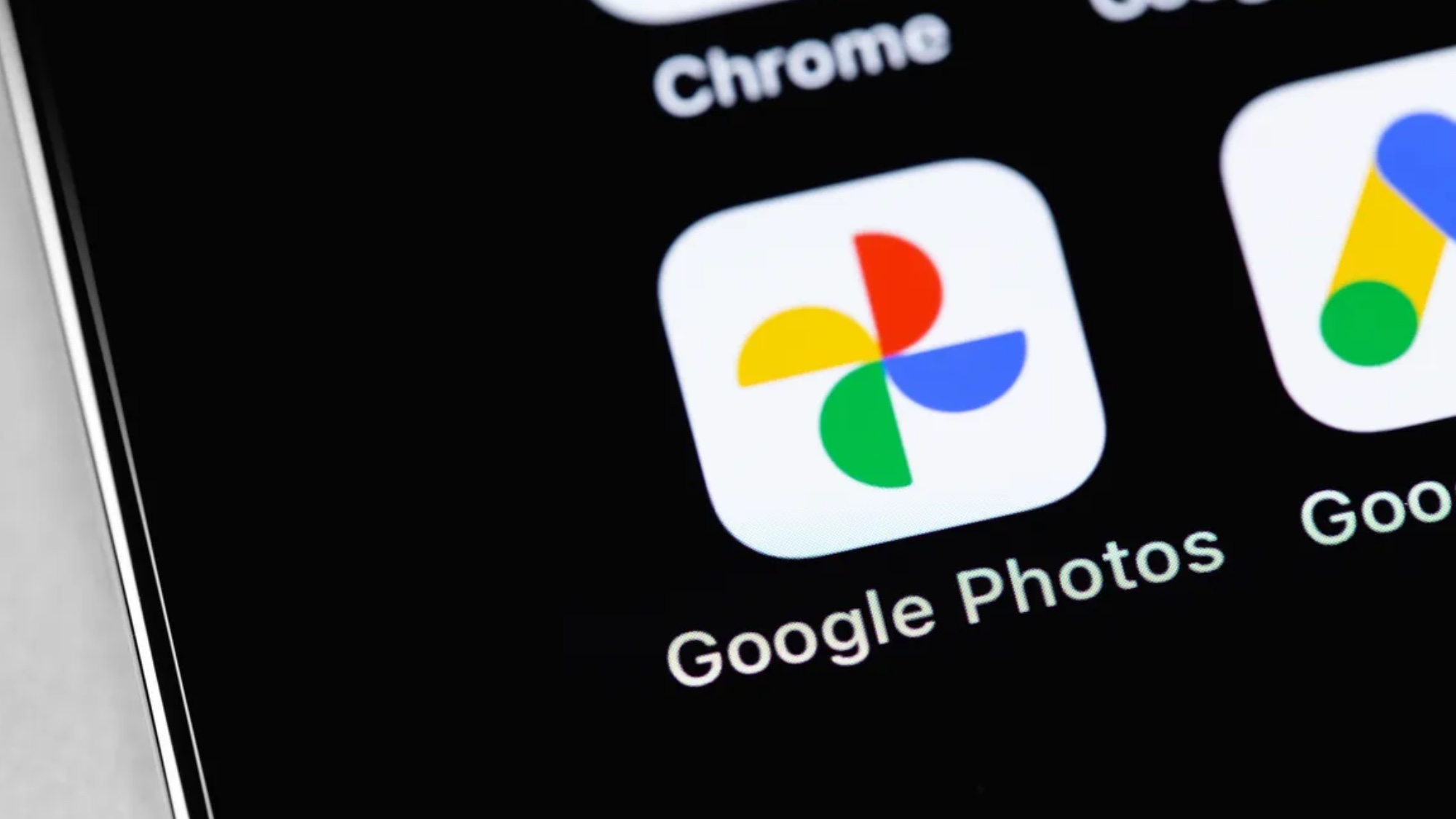The best touchscreen laptops in 2025: our top picks tested and rated
These are the laptops with screens we love to touch
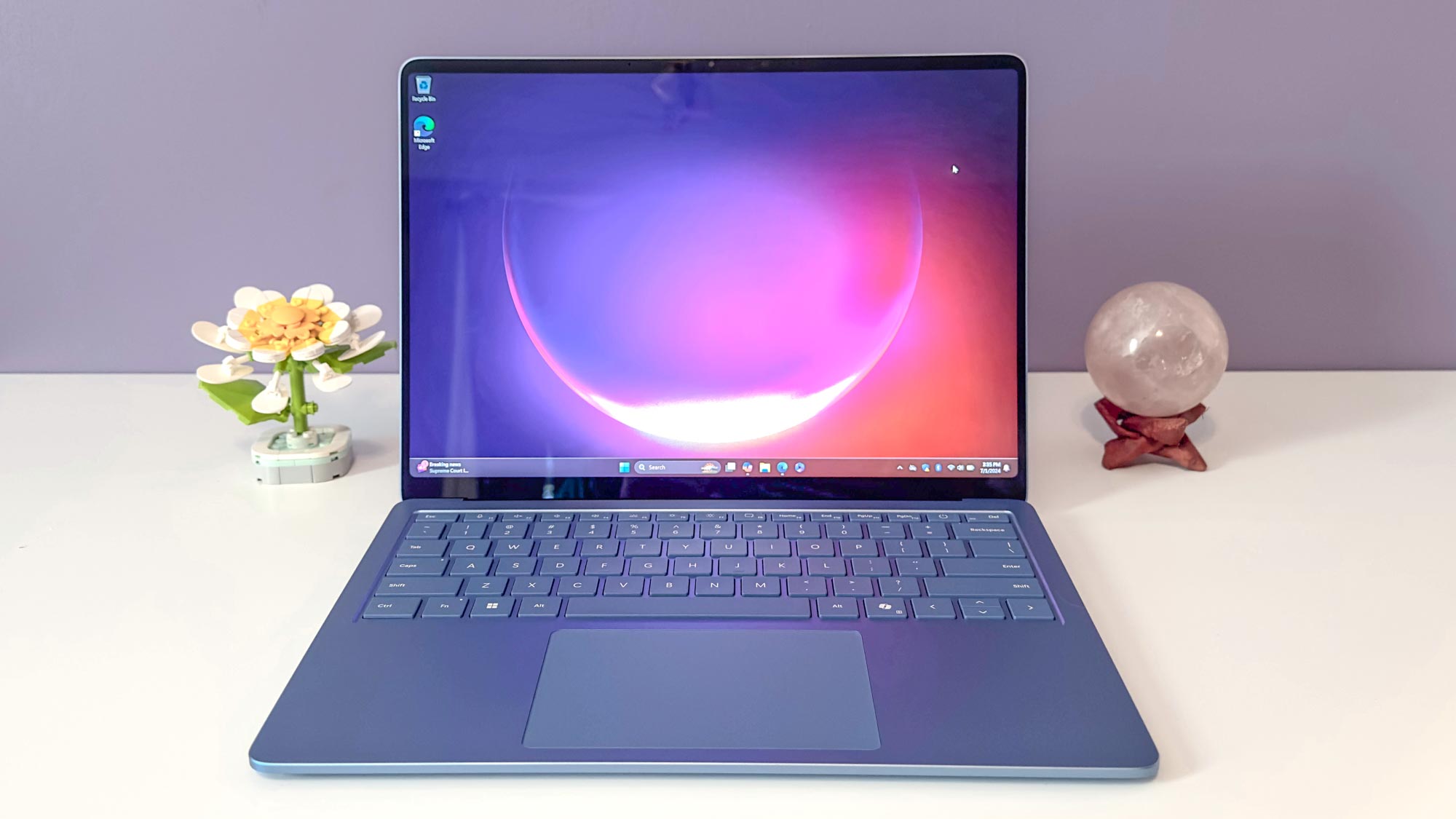
The best touchscreen laptops are great because they have responsive, accurate touchscreens that make navigating your PC as easy as tapping and swiping.
We've been testing these laptops for years, and they're better than ever because Windows and Chrome have gotten significantly easier to navigate via touch over time.
I know because I've been using and reviewing laptops for years, and now that my hands are cramped and stiff from all that computing I really prize a great touchscreen laptop because it gives me an alternative to mousing and typing all day.
That's why I generally recommend the Microsoft Surface Laptop 7 as the best touchscreen laptop for most folks: it's a straightforward Windows 11 laptop that's easy to use and has a big, responsive touchscreen.
But if you want something a little cheaper, a great touchscreen Chromebook like the Acer Chromebook Spin 714 is a good alterative. And if you want something more powerful that can play games as well as it surfs the web, Microsoft's Surface Laptop Studio 2 might be more up your alley.
You can read why and see the rest of our recommendations in this list of the best touchscreen laptops we recommend, based on our own hands-on testing and reviews!
The quick list
In a hurry? Here's a brief overview of the laptops on this list, along with quick links that let you jump down the page directly to a review of whichever laptop catches your eye.
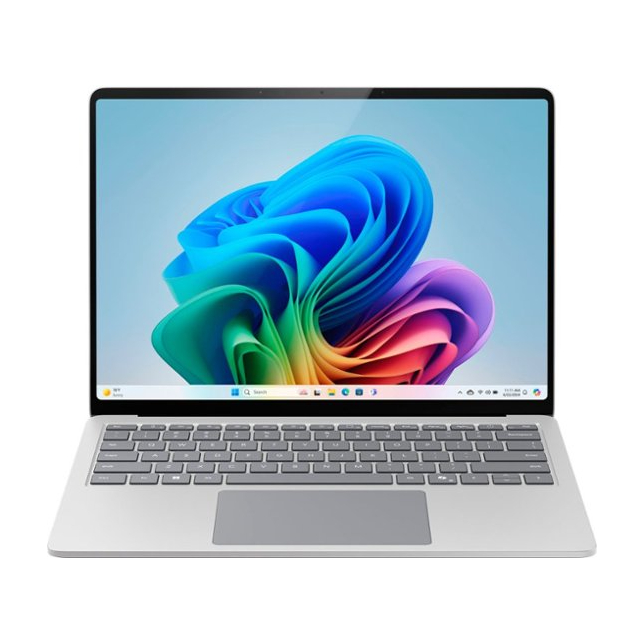
The Microsoft Surface Laptop 7 is our top recommendation for best touchscreen laptop because it's elegant, capable and easy to use. The 14-inch touchscreen works great with Windows 11. Read more below
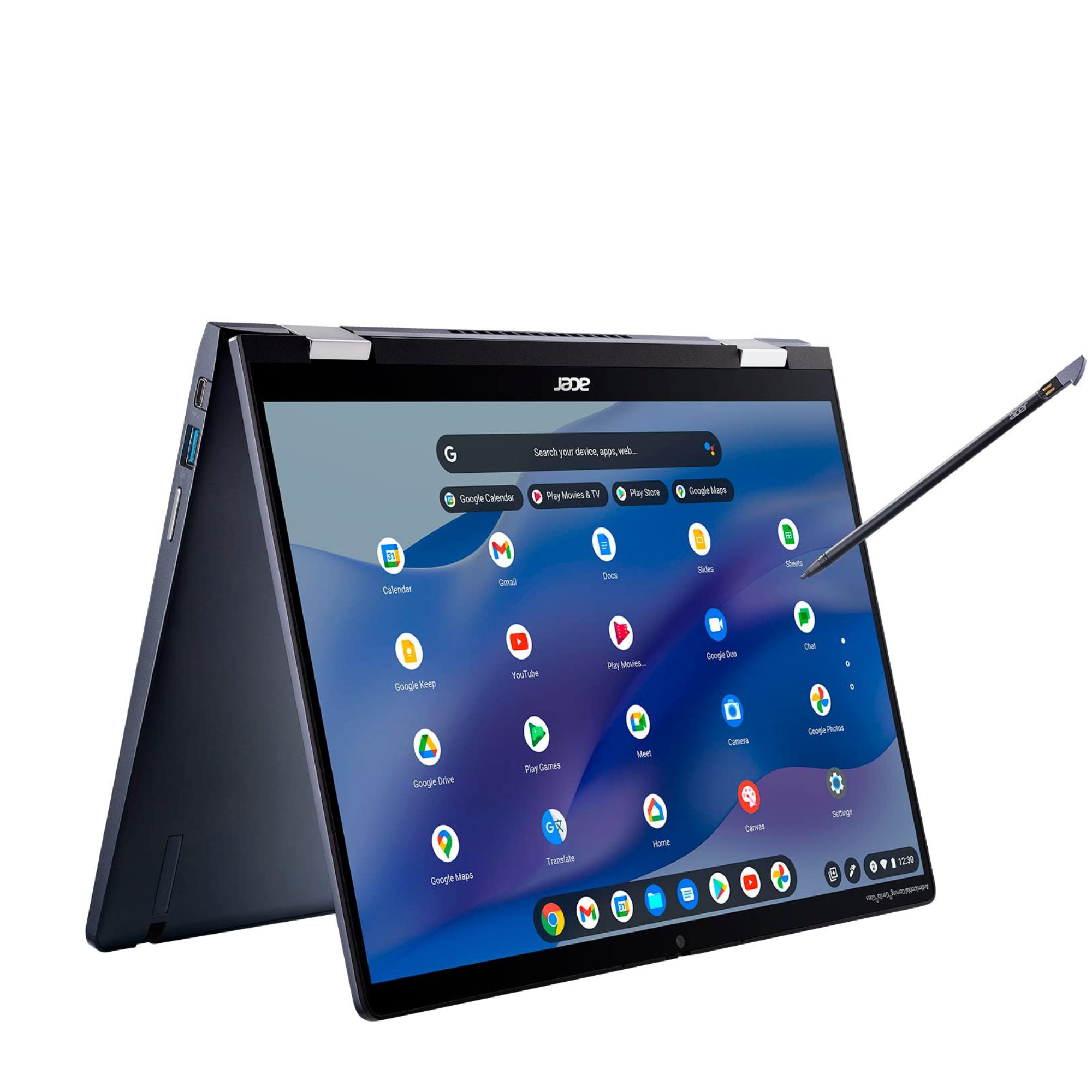
The Chromebook Spin 714 sports a lovely touchscreen and offers great battery life and more power than most Chromebooks today, plus it comes with a stylus and mouse. It's not as capable as other laptops on this list, but it is far cheaper.
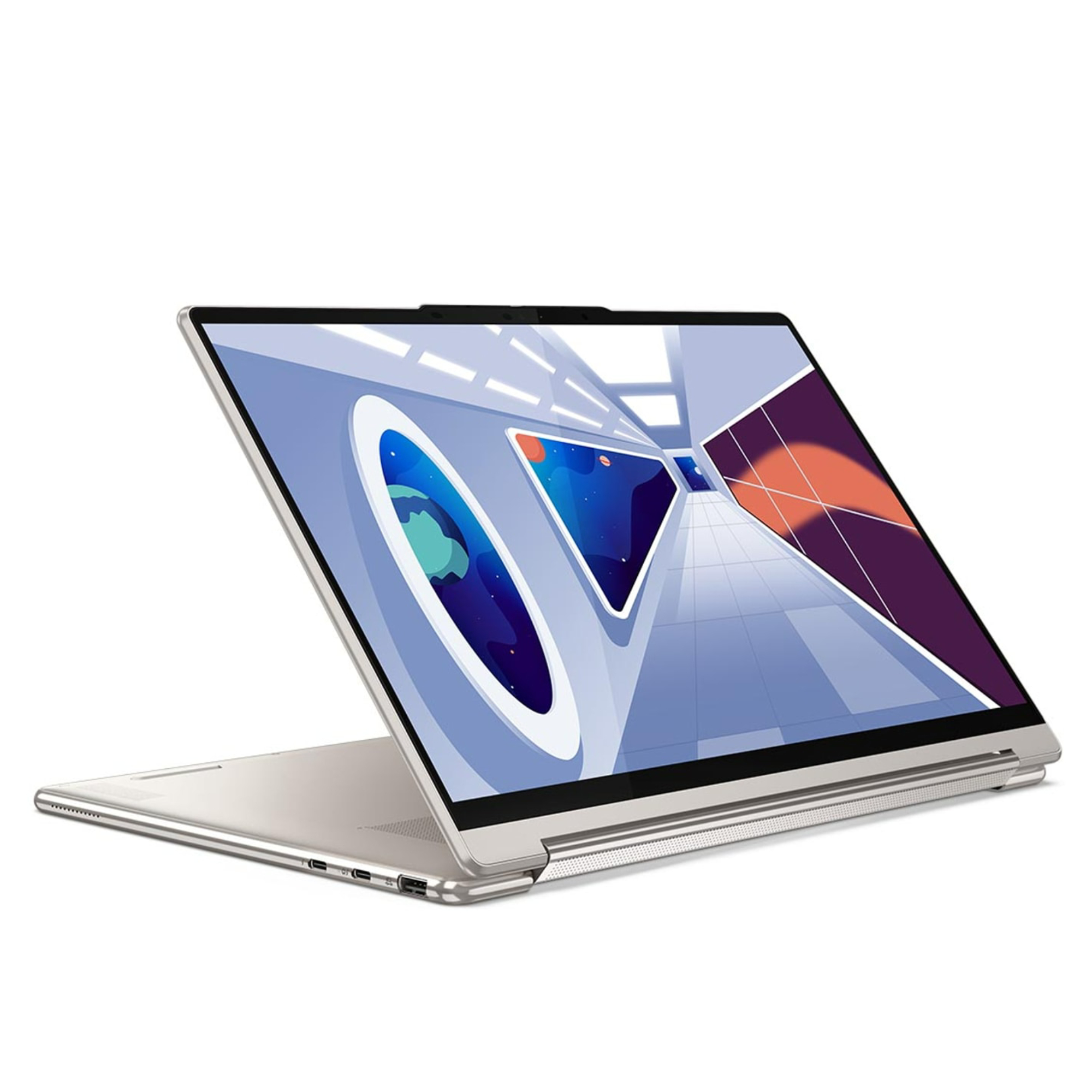
The Lenovo Yoga 9i Gen 8 is a slick 2-in-1 with a lovely 14-inch OLED touchscreen. It's a bit more expensive than our top recommendation, but if you can afford it this elegant laptop's good performance, excellent soundbar and OLED touchscreen is worth splurging on.
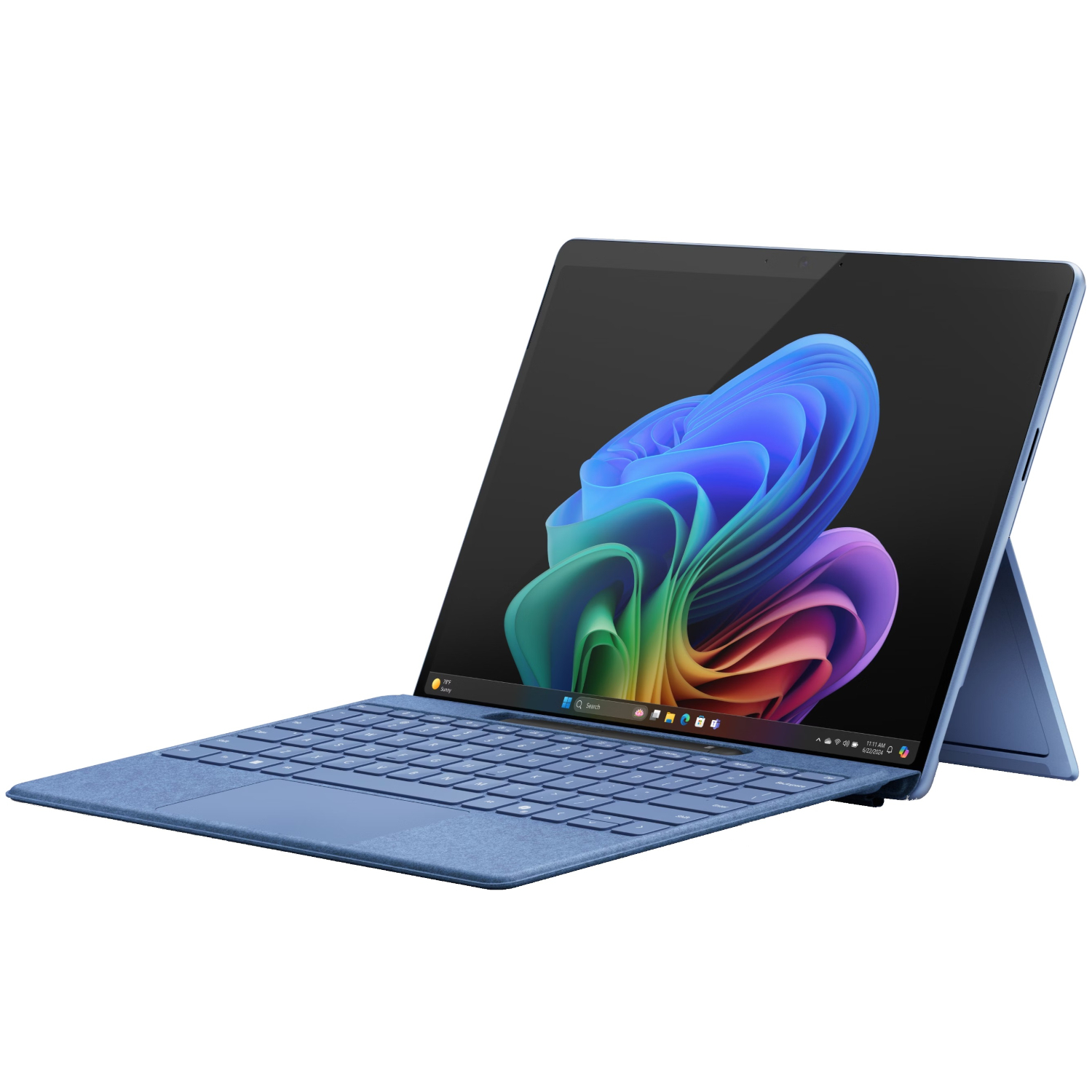
Microsoft's 2-in-1 Windows tablet is better than ever thanks to its new Snapdragon chip, and the fact that you can upgrade the touchscreen to OLED makes it a luxurious choice. If you want a touchscreen tablet with an optional detachable keyboard (sold separately) this is our top pick.
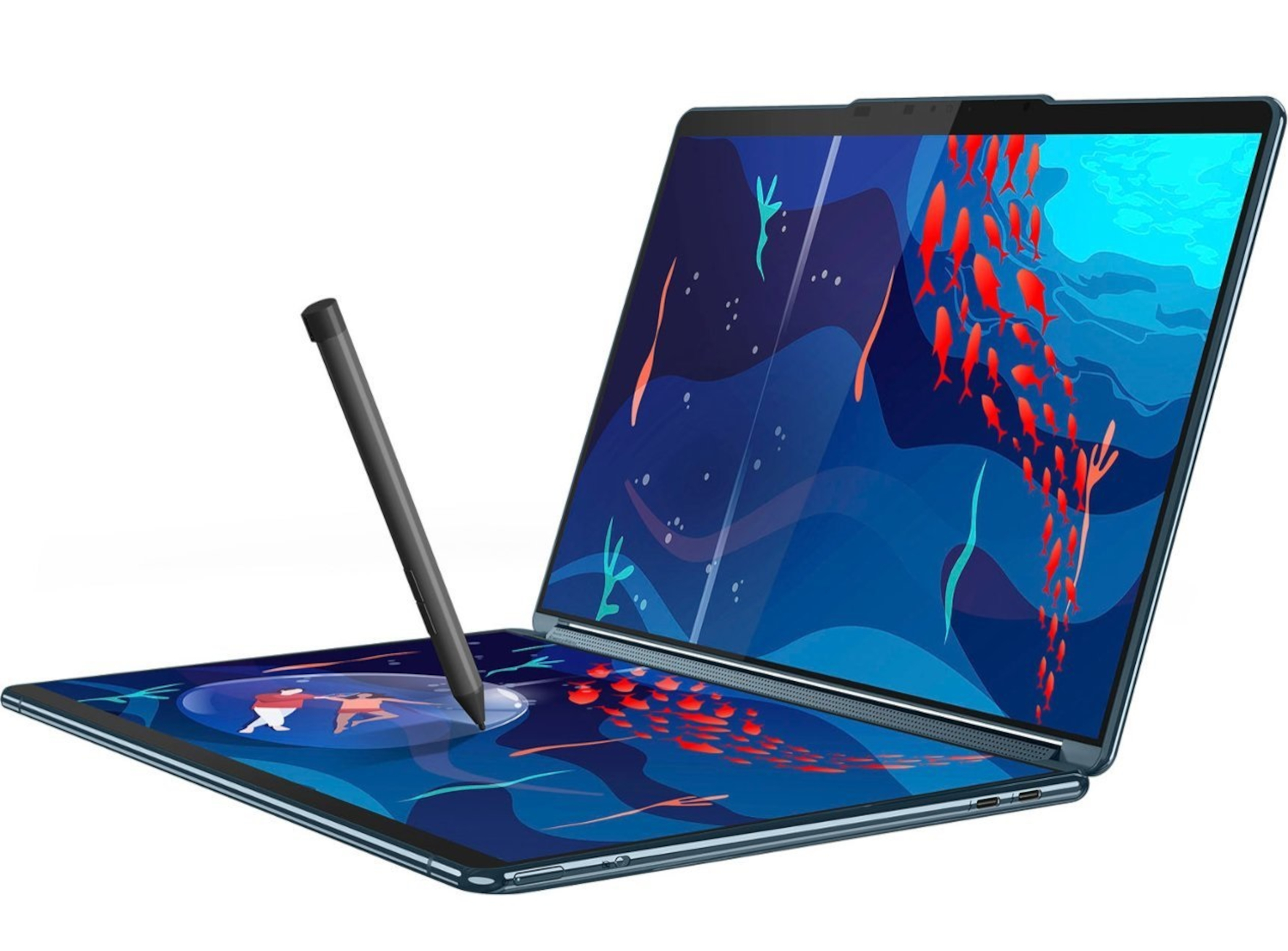
The Yoga Book 9i is a compelling alternative to foldable screen laptops because you get two 13-inch displays in one package you can use in multiple modes. There are some clever software gestures and multitasking features here, too.
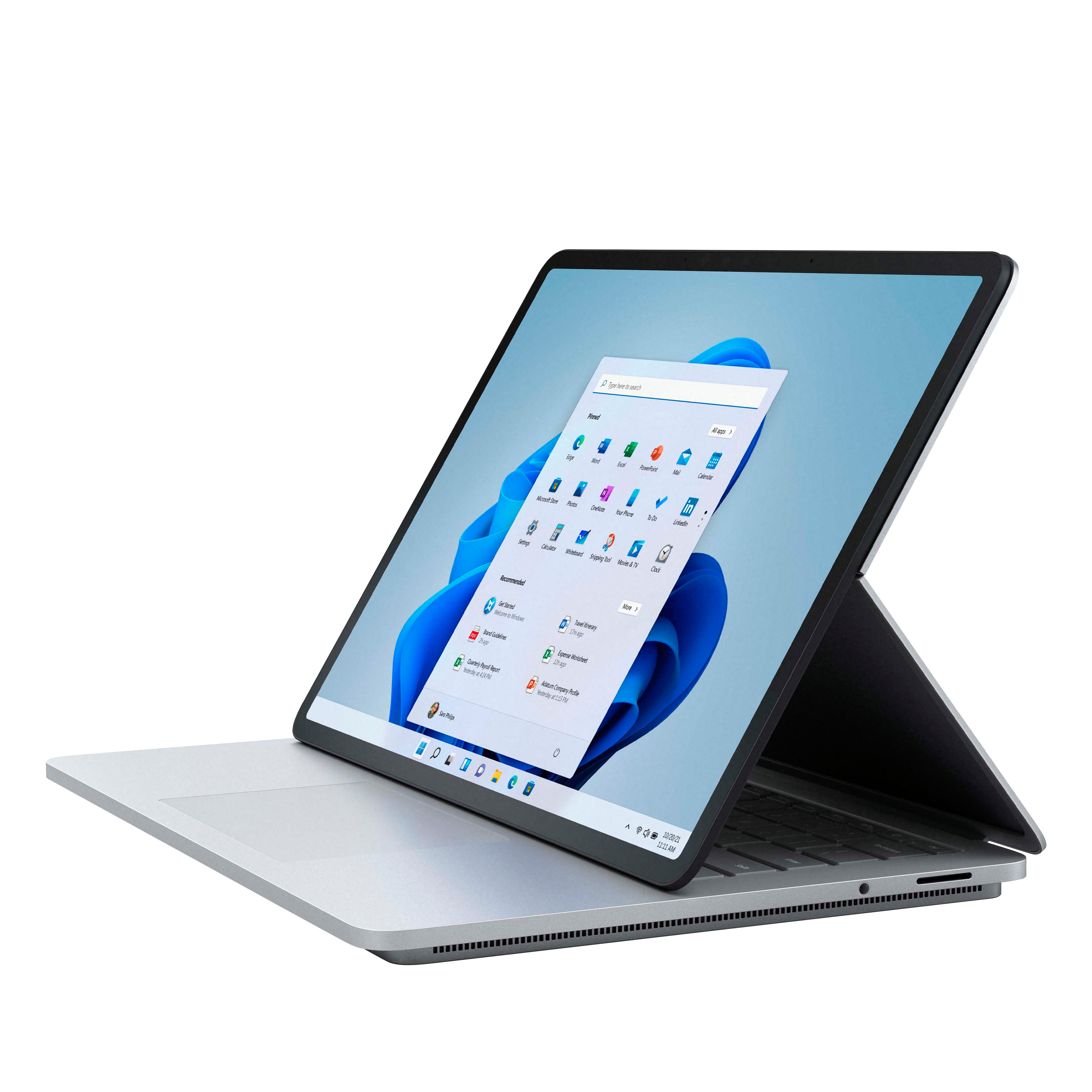
The Microsoft Surface Laptop Studio's discrete Nvidia GPU onboard makes it one of the most powerful 2-in-1s you can buy, and the unique sliding 120Hz touchscreen is great for taking notes if you splurge for the $129 Surface Slim Pen 2 stylus.
The best touchscreen laptops you can buy today
Why you can trust Tom's Guide
The best overall

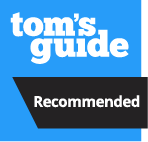
Specifications
Reasons to buy
Reasons to avoid
The Microsoft Surface Laptop 7 is the first Surface Laptop to ship with a Qualcomm Snapdragon chip inside instead of Intel, and the upgrade makes all the difference.
While earlier iterations of the Surface Laptop were middling at best, this 7th generation model is speedy and has battery life to spare. In our battery test it lasted nearly 16 hours on a full charge, so you can count on it lasting you through a full day of work or school.
And you should have no trouble tapping and swiping your way through the workday thanks to the Surface Laptop 7's 120Hz touchscreen. You can get it in either 13-inch or 15-inch varieties, and in our testing the screen is bright, beautiful and easy to use.
Read our full Microsoft Surface Laptop 7 review.
The best value
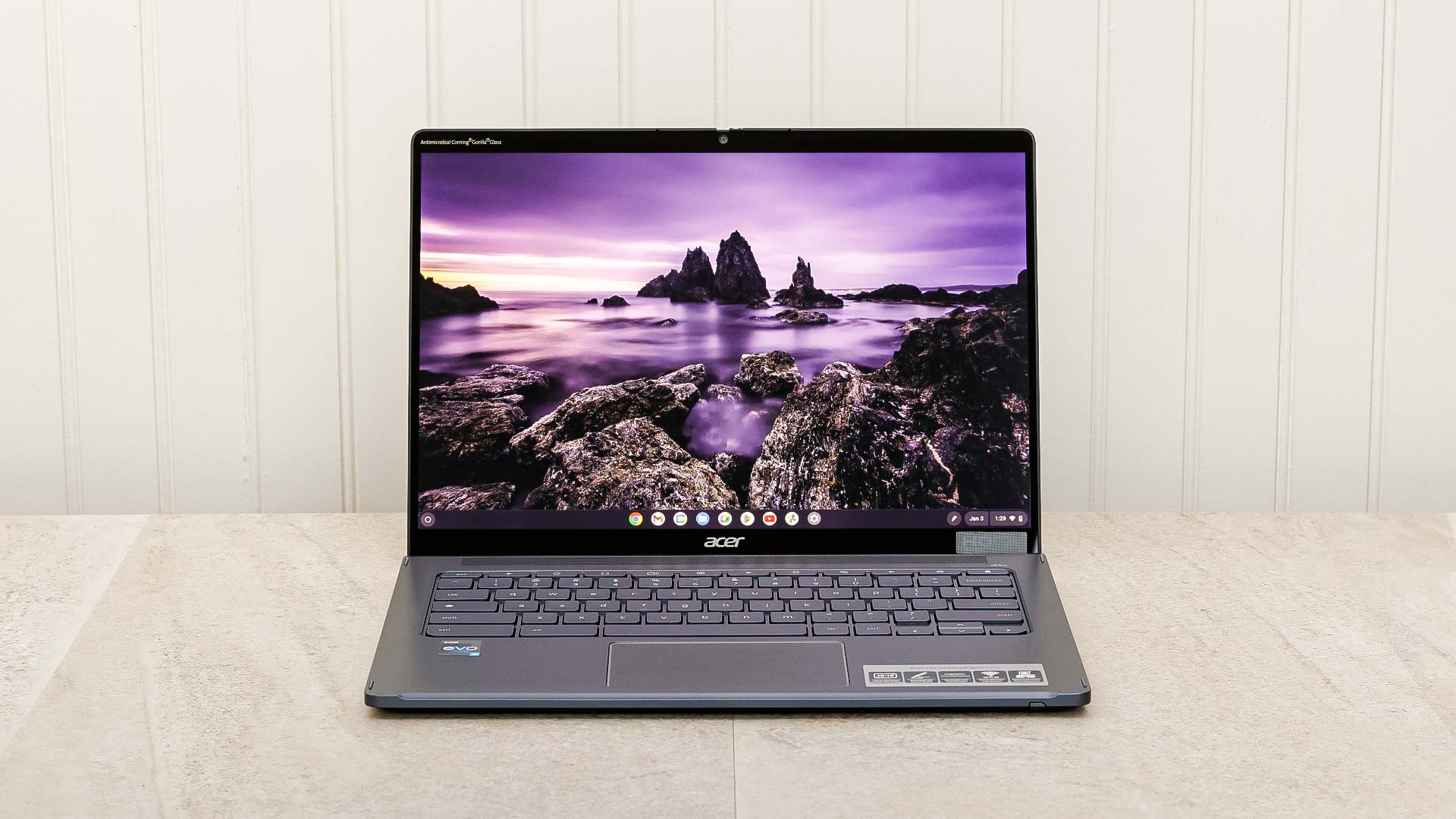

Specifications
Reasons to buy
Reasons to avoid
The Acer Chromebook Spin 714 is one of the more powerful 2-in-1 Chromebooks you can buy, and its snappy touchscreen makes it a great choice for those who prefer to tap rather than type.
While it's less capable and less powerful than the other laptops on this list, the Spin 714 has one key strength the others can't match: affordability. For under $800 (or sometimes under $500 if you find it on sale) you get this great Chromebook that transforms into a tablet, along with a free stylus (so you can doodle as well as tap and swipe) and a free wireless travel mouse.
Plus, you get lots of ports: HDMI out, USB-C and USB-A for plugging in peripherals, as well as a headphone jack for private listening parties. If you don't mind owning a touchscreen laptop that requires an Internet connection to be fully functional, this is a great value.
Read our full Acer Chromebook Spin 714 review.
The best upgrade
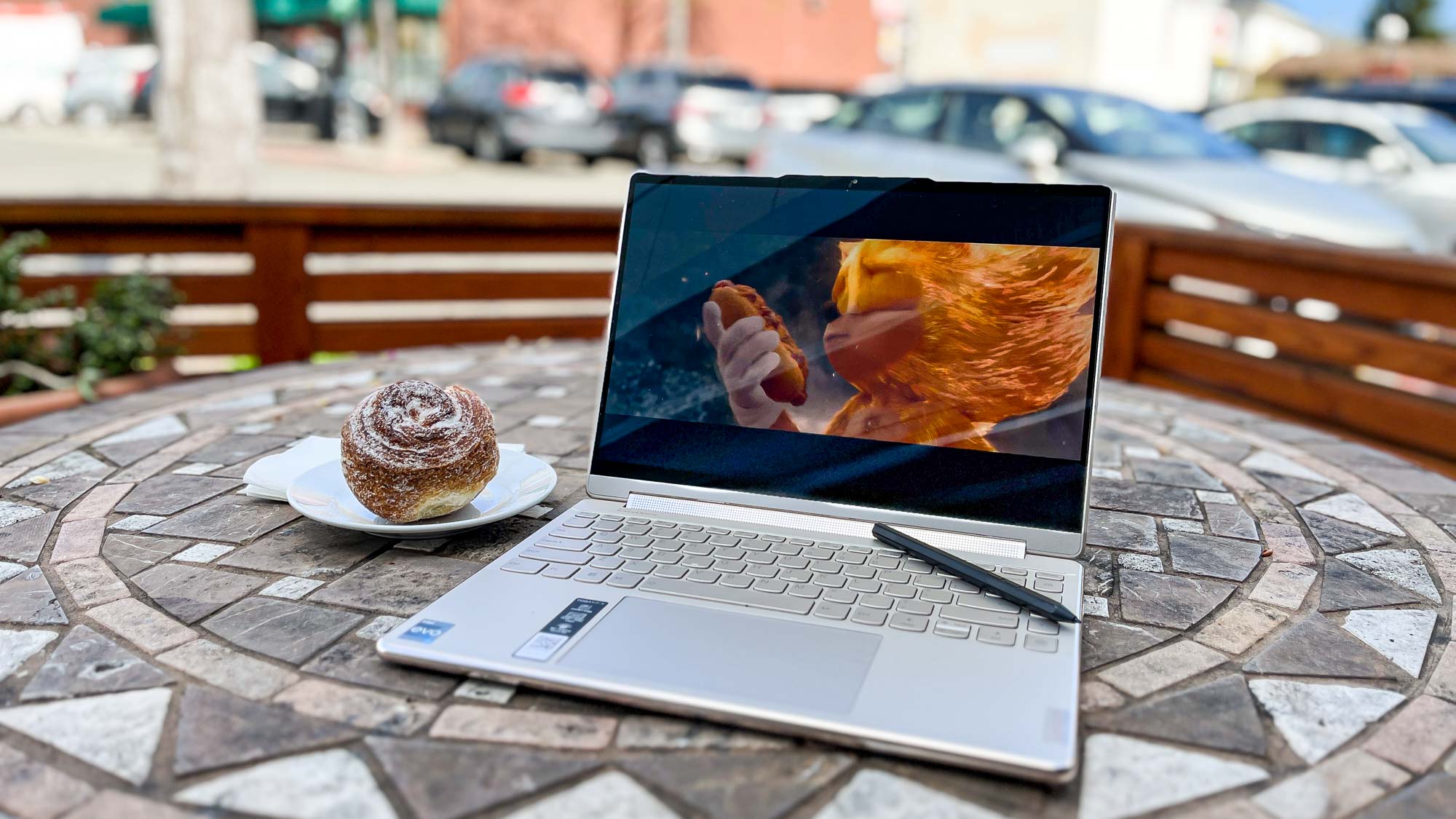

Specifications
Reasons to buy
Reasons to avoid
The Lenovo Yoga 9i Gen 8 is a premium 2-in-1 Windows 11 laptop with a lovely OLED touchscreen, and while it's a bit pricier than our top recommendation, it's worth the extra cost for those who can afford it because you get a lovely OLED touchscreen, a great soundbar and a stylus included at no charge.
While we wish Lenovo hadn't gotten rid of the little garage you could slide the stylus into on earlier models of the 9i, we still think this is a fantastic laptop that's easy to carry to work or school at 12.52 x 9.06 x 0.6 inches thick and just over 3 pounds heavy.
Factor in the great speakers and the all-day battery life (this laptop lasted just over 10 hours in our in-house battery test) and you start to see why this is the laptop to splurge on if you want something a little more premium than the Surface Laptop 7.
Read our full Lenovo Yoga 9i Gen 8 review.
The best tablet
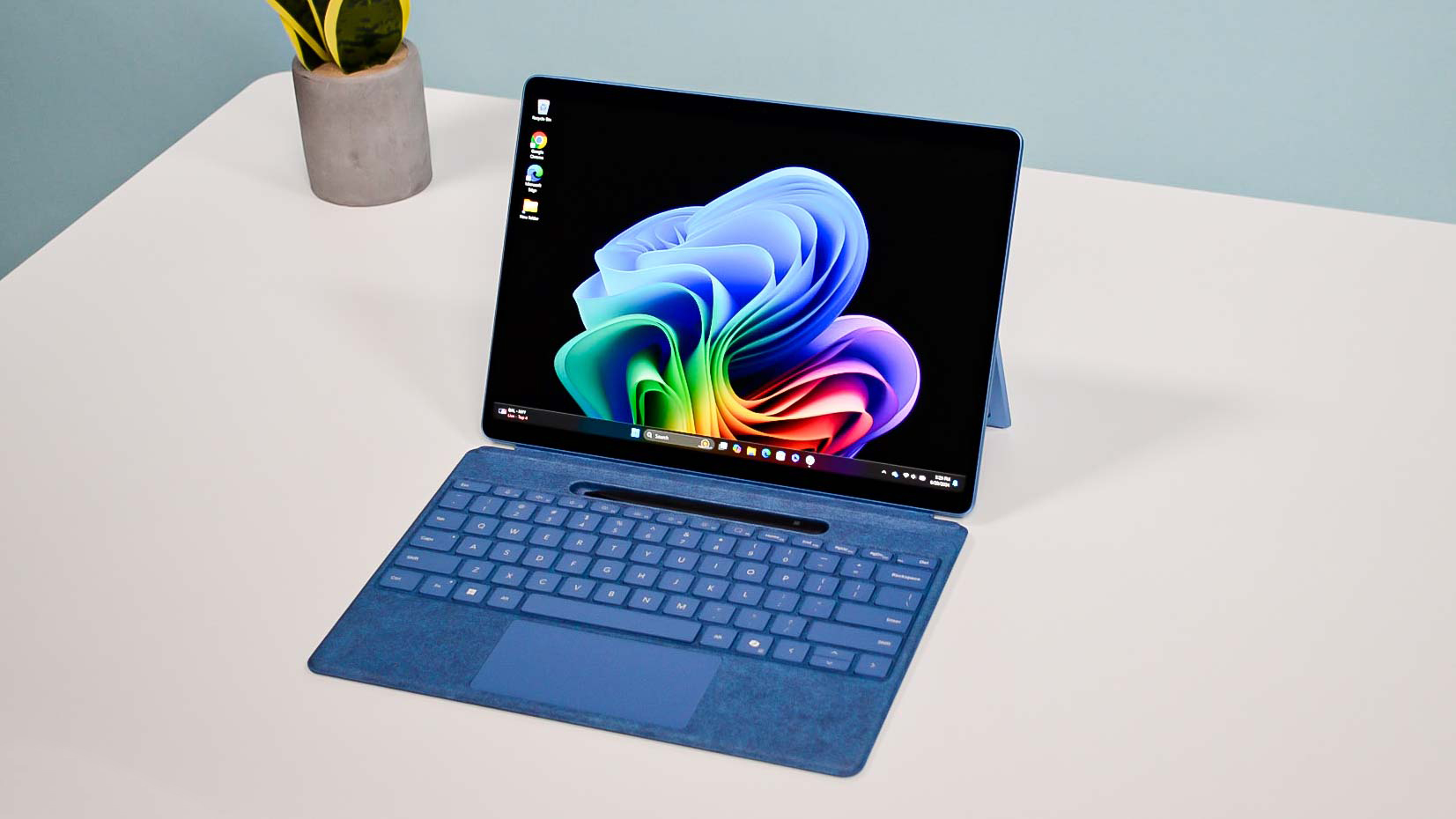
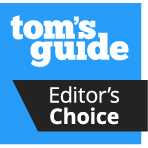
Specifications
Reasons to buy
Reasons to avoid
The Microsoft Surface Pro 11 is technically a Windows 11 tablet, but you can get it with a keyboard cover if you really want the full laptop experience. But given how navigable Windows has gotten via touch in the last few years, you should have no trouble tapping and swiping your way through your workday with this svelte little tablet.
And it's better than ever thanks to the power and longevity of the new Snapdragon X chips inside, which give this portable PC the best battery life of any Surface Pro we've ever tested. And now for the first time you can upgrade it with an OLED touchscreen, which really makes the tapping and swiping on this machine feel luxurious.
Plus, the Snapdragon chips inside give this tablet good performance and great battery life (12 hours in our testing), so you can count on being able to use this machine on the go for a day or more.
If you're in the market for a great touchscreen tablet that can double as a laptop if you really need it to, the Surface Pro 11 is our top recommendation.
Read our full Microsoft Surface Pro 11 review.
The best dual-screen
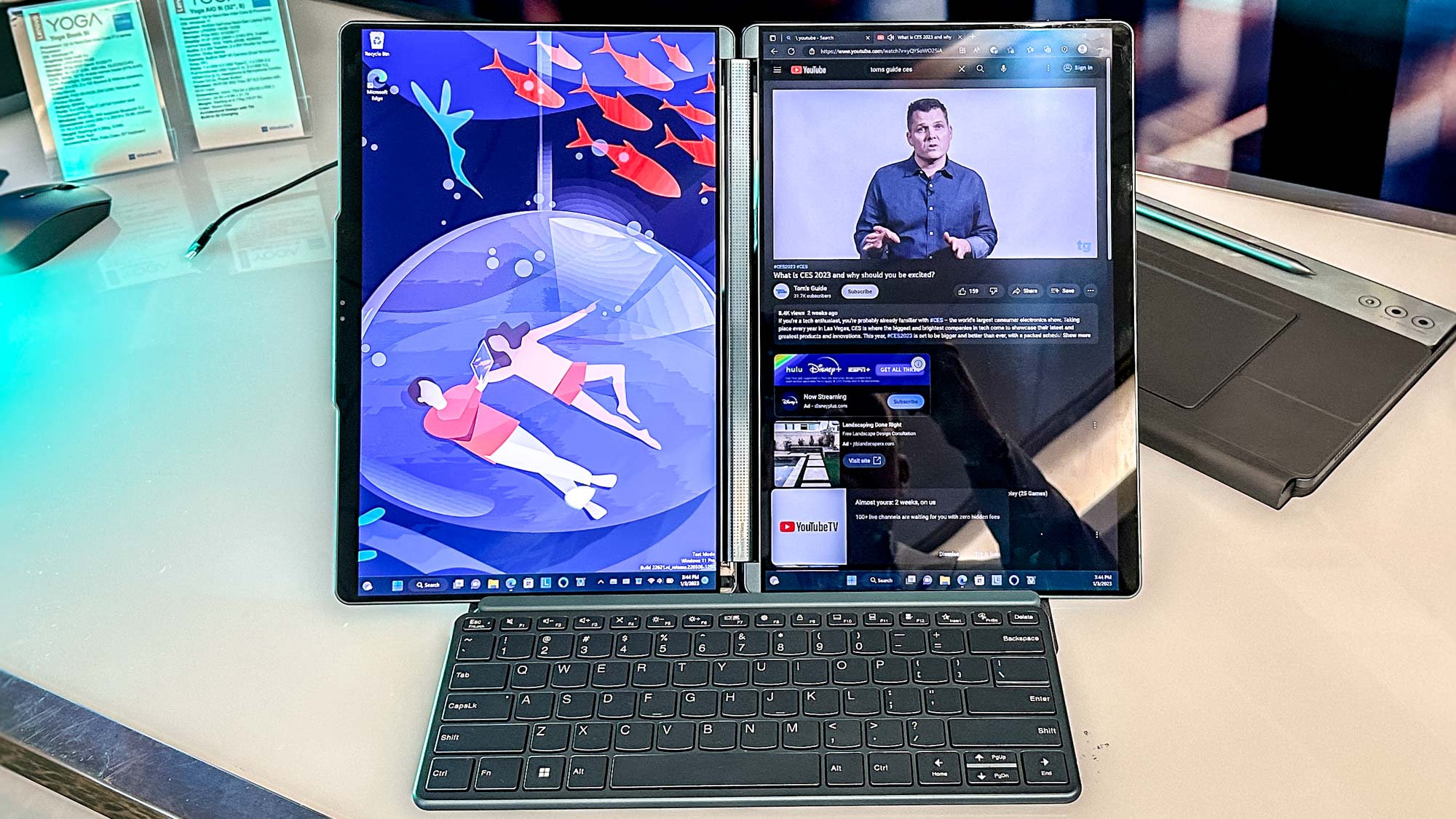

Specifications
Reasons to buy
Reasons to avoid
When one touchscreen on your laptop just isn't enough, you need the Lenovo Yoga Book 9i.
This unique laptop unites a pair of 13.3-inch OLED touchscreens in one device, giving you more usable screen space than basically any other laptop on the market right out of the box.
Thanks to the included keyboard and folio kickstand you can use the Yoga Book 9i in a variety of configurations. Flip one over to show someone something in presentation mode, or spread the two panels side-by-side for a dual-monitor setup that travels with you.
While it takes some getting used to, once you get the hang of setting it up and using the gesture commands on the pair of touchscreens, I think you'll find the Lenovo Yoga Book 9i is a surprisingly usable and useful dual-touchscreen laptop.
Read our full Lenovo Yoga 9i review.
The best for gaming
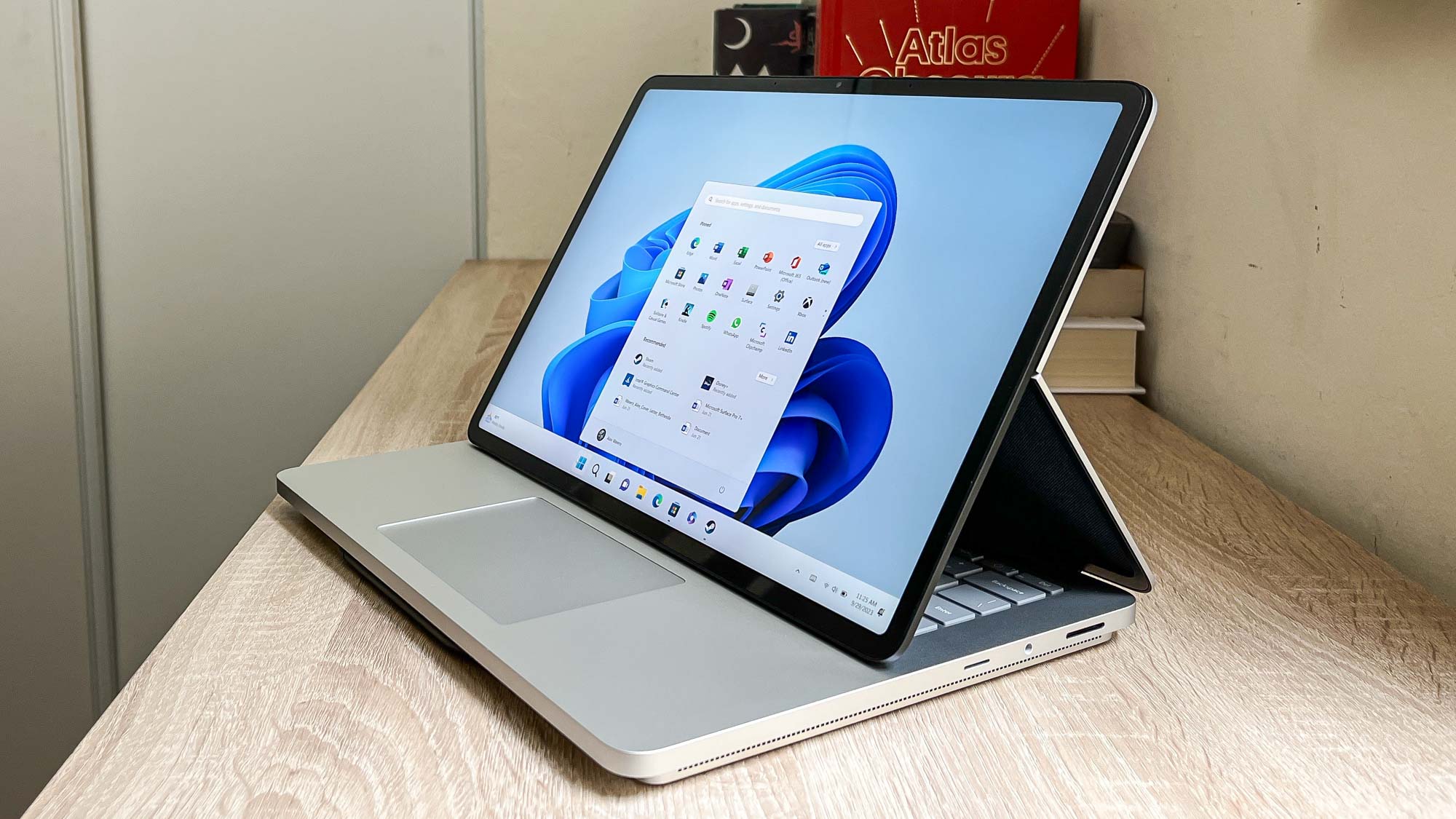

Specifications
Reasons to buy
Reasons to avoid
The Microsoft Surface Laptop Studio sports an eye-catching hinged display that you can either close as normal or slide down so the touchscreen lays flat over the keyboard, turning it into a hefty Windows tablet.
Being able to slide the display gives you novel ways of using the laptop, like tenting the screen over the keyboard so you can tap it like an easel (great for making art) or watch videos on a desk. And if you pay extra for Microsoft's Surface Slim Pen 2 stylus, you get haptic feedback when writing or drawing on the touchscreen to boot.
But what's really exciting about the Surface Laptop Studio 2 is that you can configure it with extra RAM and a discrete Nvidia GeForce RTX 40-series laptop GPU. If you pay for this upgrade it can play many of the best PC games at good to great framerates, something no other laptop on this list can do.
So while it's not as speedy or long-lasting as some other laptops on this list, like the Snapdragon machines, the Surface Laptop Studio 2 is the best touchscreen laptop for folks who want to do some serious gaming after work—just make sure to pay for the Nvidia GeForce upgrade.
Read our full Microsoft Surface Laptop Studio 2 review.
How to choose the best touchscreen laptop for you
What kind of power do you want? If you only need something basic for surfing the web, consider either a Chromebook (like the Acer Chromebook Spin 714) or a cheaper Windows laptop like the Surface Pro 11 or Surface Laptop 7. If you want to do more demanding things like play games or edit video, I recommend getting a laptop with a discrete GPU and extra RAM, like the Surface Laptop Studio 2.
How big of a laptop do you want? Consider how often you plan to carry this laptop around. If the answer is "not very often", you're free to pick whatever catches your eye without worrying too much about weight and size.
But if you are planning on carrying this laptop to work, school or elsewhere on a regular basis, consider getting something smaller and more portable like the Surface Pro 11 or Chromebook Spin 714. Both are a bit smaller and lighter than the other laptops on this list, so they won't be quite as rough on your back and shoulders if you need to lug them around all day.
Do you want Chrome or Windows? Some of our top picks are Chromebooks that run on Google's ChromeOS, while the rest run on Microsoft's Windows operating system.
Both are pretty navigable by touch, but Chrome is more limited than Windows in that it basically requires you to be connected to the Internet to do anything. Windows is more capable and more complicated than Chrome, but you can count on Windows supporting basically anything you need to do on a PC.
So if you want to run complicated programs, play games or do intensive work on your PC (like coding or editing photos and videos) I recommend you stick with Windows. But if all you need your laptop to do is browse the web, you're just fine with a Chromebook like the Spin.
Unfortunately, Apple has yet to make a MacBook with a touchscreen. If you love the way Apple operating systems work, the best iPad you can afford paired with a detachable keyboard is the closest you can get to a touchscreen Apple laptop.
Battery benchmarks: comparison
You want to know how long your laptop will last on a full charge, which is why we run every laptop we review through a series of battery tests to see how long it actually lasts.
However, these tests don't necessarily reflect real-world use patterns since we have to set every laptop to the same settings in order to do fair comparisons. So while the times listed here are useful for comparing laptops, don't think you'll necessarily get the same time on a full charge at home.
| Laptop | Battery life (tested) |
| Microsoft Surface Laptop 7 | 15:44 |
| Acer Chromebook Spin 714 | 14:41 |
| Lenovo Yoga 9i Gen 8 | 10:10 |
| Microsoft Surface Pro 11 | 12:10 |
| Lenovo Yoga Book 9i | 9:18 (two displays) | 12:13 (one display) |
| Microsoft Surface Laptop Studio 2 | 9:31 |
| Asus Zenbook Duo 14 | 10:37 |
| Acer Chromebook Spin 714 | 10:45 |
Performance test results compared
You want a sense of how capable and speedy a laptop will be before you buy it, so you should have a sense of how their performance compares.
That's why we run every laptop we test and review through the Geekbench CPU benchmarking utility: to get a sense of how capable it is in terms of raw CPU power. The way you use the laptop and the things you put on it will ultimately determine how well it performs, but this baseline comparison can give you a general idea of how they stack up.
Geekbench assigns the laptop a score for its performance in single-core workloads and multi-core workloads, which we then report to you against similar laptops to help you decide. The single-core workload score is typically a little more meaningful because not all apps are optimized for multi-core performance, but many are so it is important to know.
| Laptop | Single-core | Multi-core |
| Microsoft Surface Pro 11 | 2813 | 14432 |
| Microsoft Surface Laptop 7 | 1741 | 10084 |
| Lenovo Yoga 9i Gen 8 | 2445 | 10753 |
| Asus Zenbook Duo 14 | 2524 | 10540 |
| Acer Chromebook Spin 714 | N/A | N/A |
| Lenovo Yoga Book 9i | 2317 | 8887 |
| Microsoft Surface Laptop Studio 2 | 2308 | 11979 |
How we test the best touchscreen laptops
How we test the best touchscreen laptops
To find the best touchscreen laptop, we run every machine we review through a rigorous suite of benchmarks and real-world tests to gauge how it will perform during everyday use. You can find these test results in each review, as well as compared in our charts above.
When the laptop arrives at our lab we measure the average brightness and color quality of each laptop's display using our in-house light meter and colorimeter. To test performance we run these machines through a gauntlet of tests, including Geekbench 6 (CPU performance), as well as various 3DMark tests to measure graphics capabilities. We also run a file transfer test to measure how fast a machine's hard drive is, and a custom battery test that has the machine browse the internet over Wi-Fi until it runs out of juice.
If a touchscreen laptop has a discrete laptop graphics card onboard we run it through performance benchmarks in games like Grand Theft Auto V and Red Dead Redemption 2. Even if it doesn't have any gaming hardware onboard, we run every laptop we review through the performance benchmark in Sid Meier's Civilization 6: Gathering Storm to see how well it handles graphics and light gaming.
After we've run our suite of lab tests the laptop is delivered to one of our crack reviewers for hands-on testing. This involves at least a week of daily use, during which the reviewer tests how well the laptop stands up to everything from working remotely to watching movies, playing games, listening to music, and creating content. Each reviewer also tests how effective and comfortable the laptop is during daily use, evaluating the design and accuracy of the keyboard, touchpad, and touchscreen.
For more information on our testing process, check out our guide to how we test.
Sign up to get the BEST of Tom's Guide direct to your inbox.
Get instant access to breaking news, the hottest reviews, great deals and helpful tips.

Alex Wawro is a lifelong tech and games enthusiast with more than a decade of experience covering both for outlets like Game Developer, Black Hat, and PC World magazine. A lifelong PC builder, he currently serves as a senior editor at Tom's Guide covering all things computing, from laptops and desktops to keyboards and mice.
